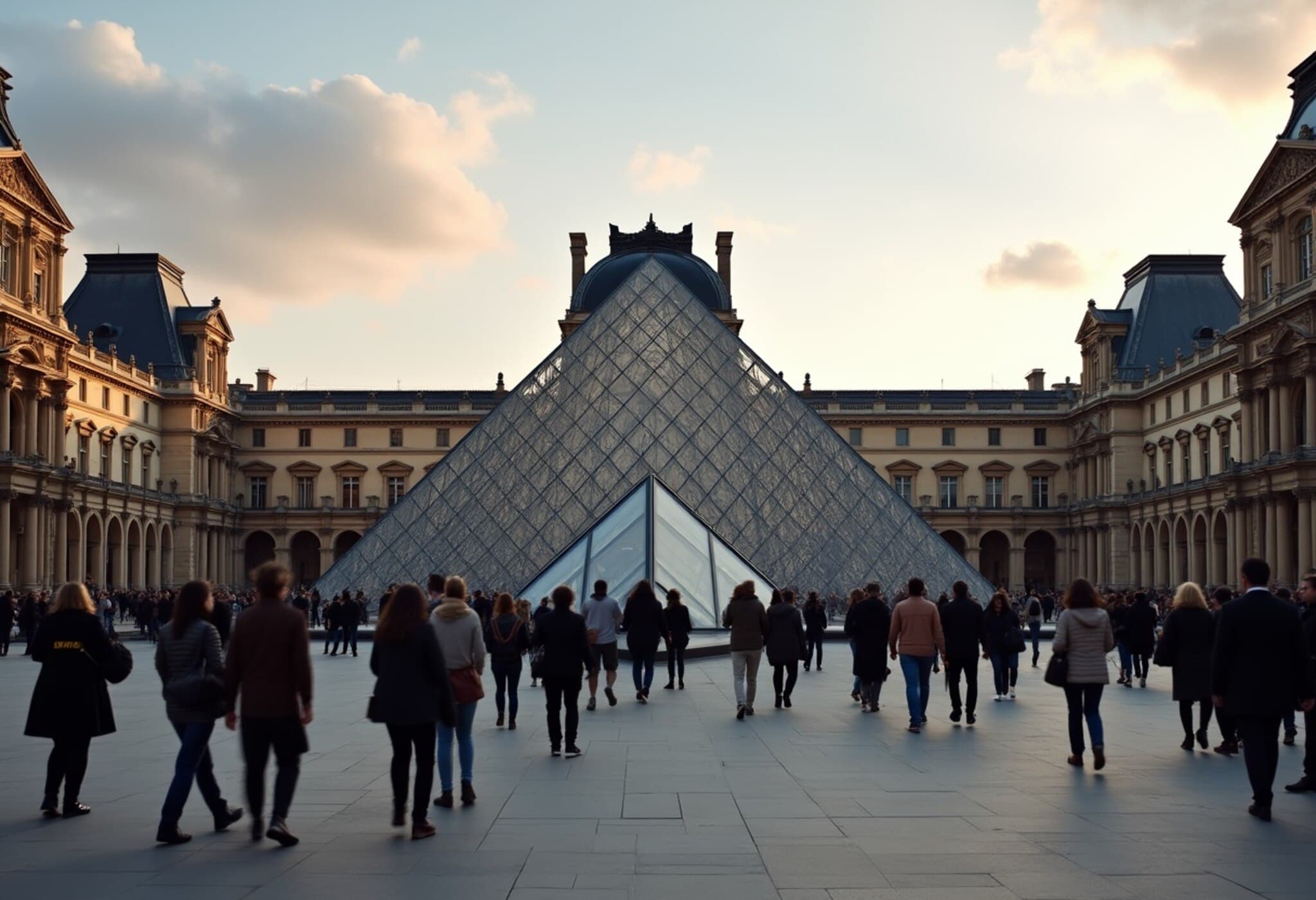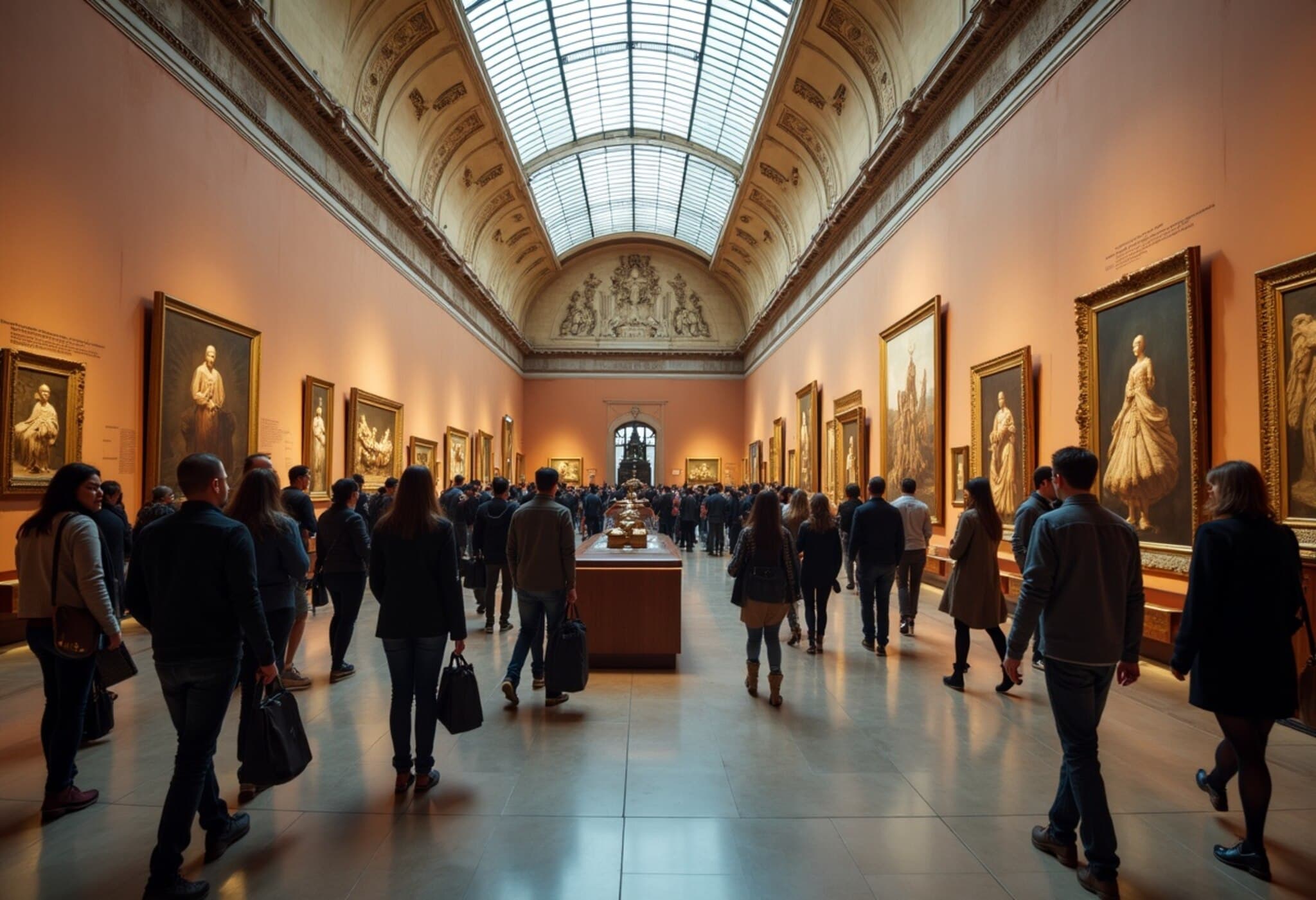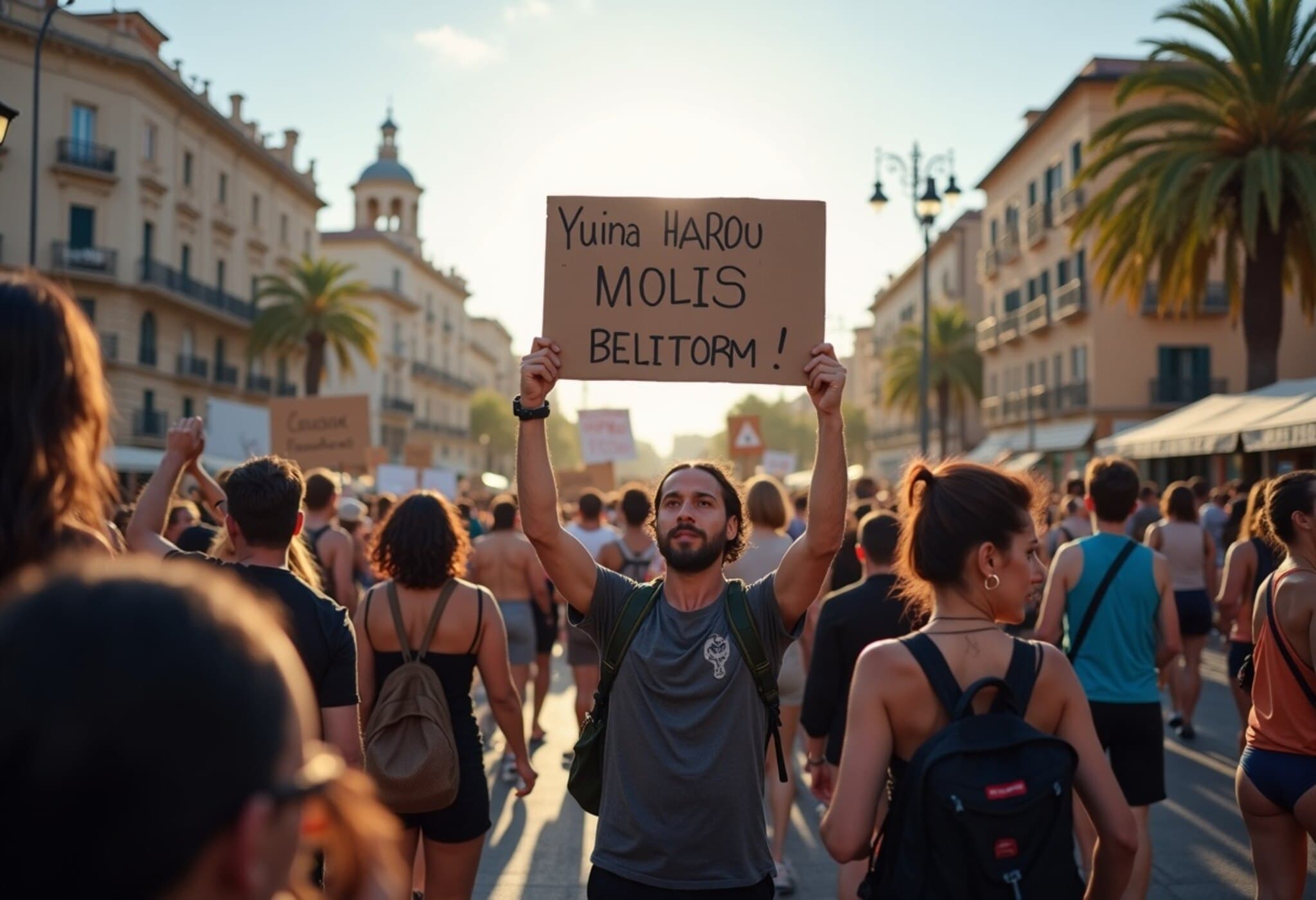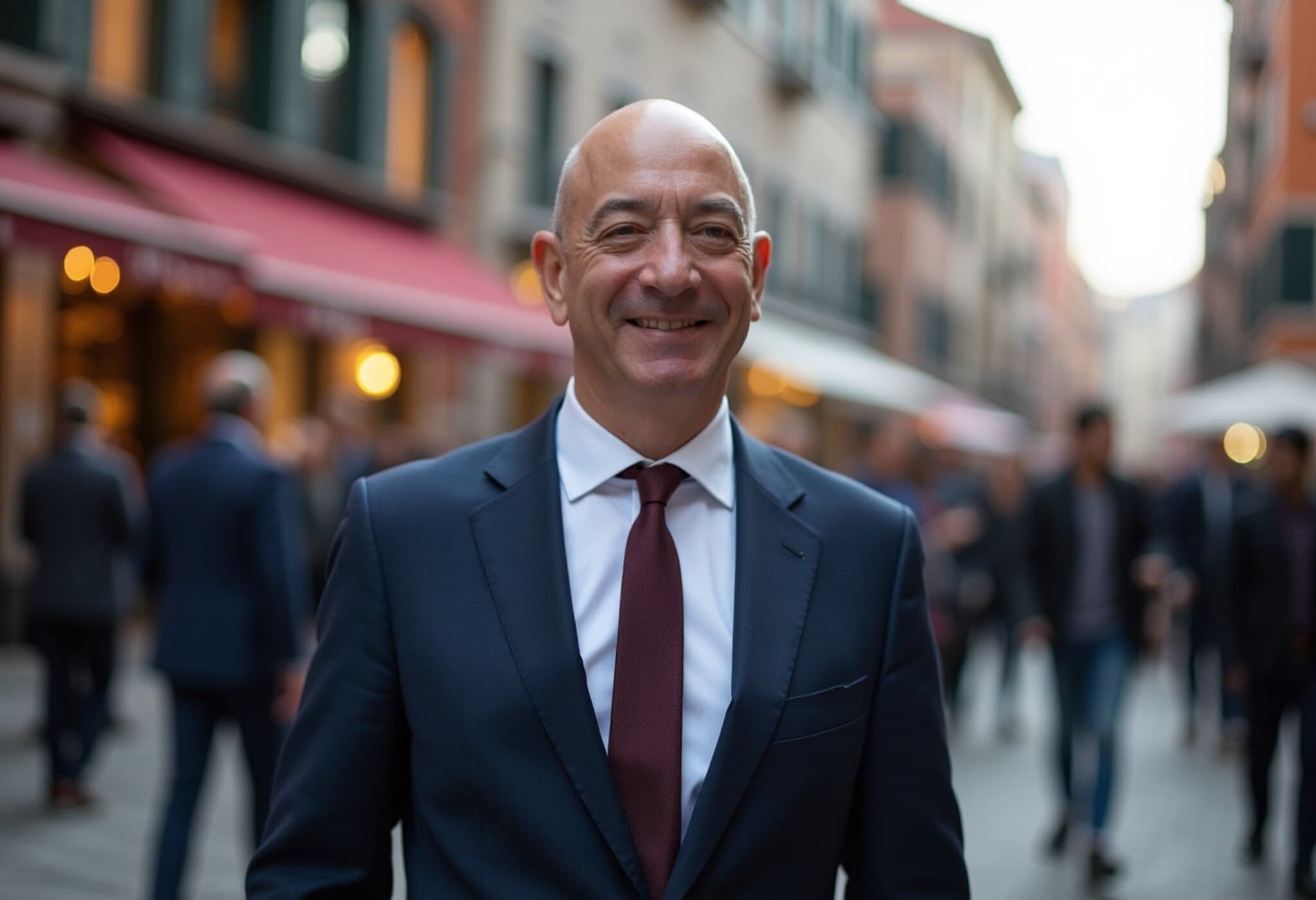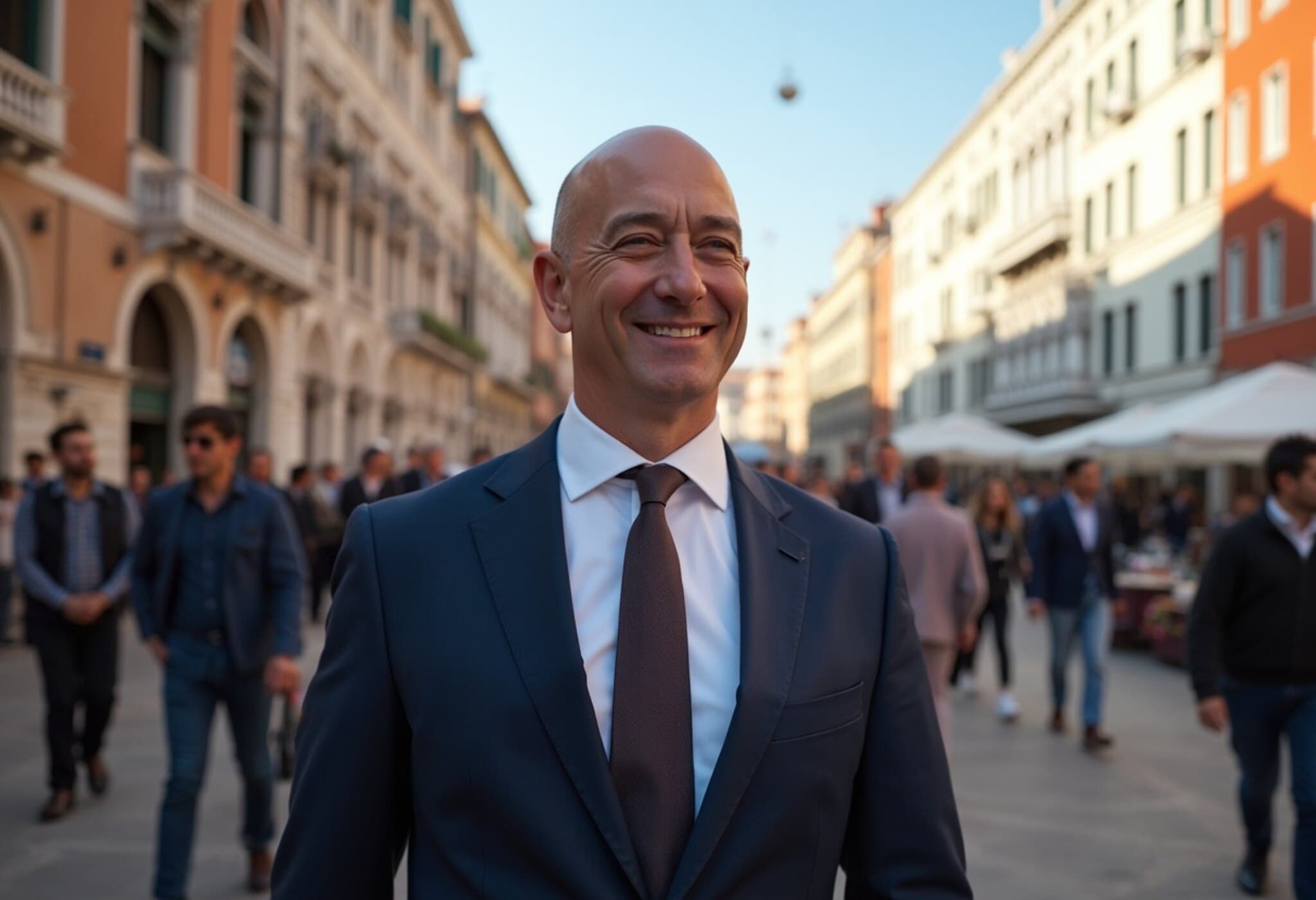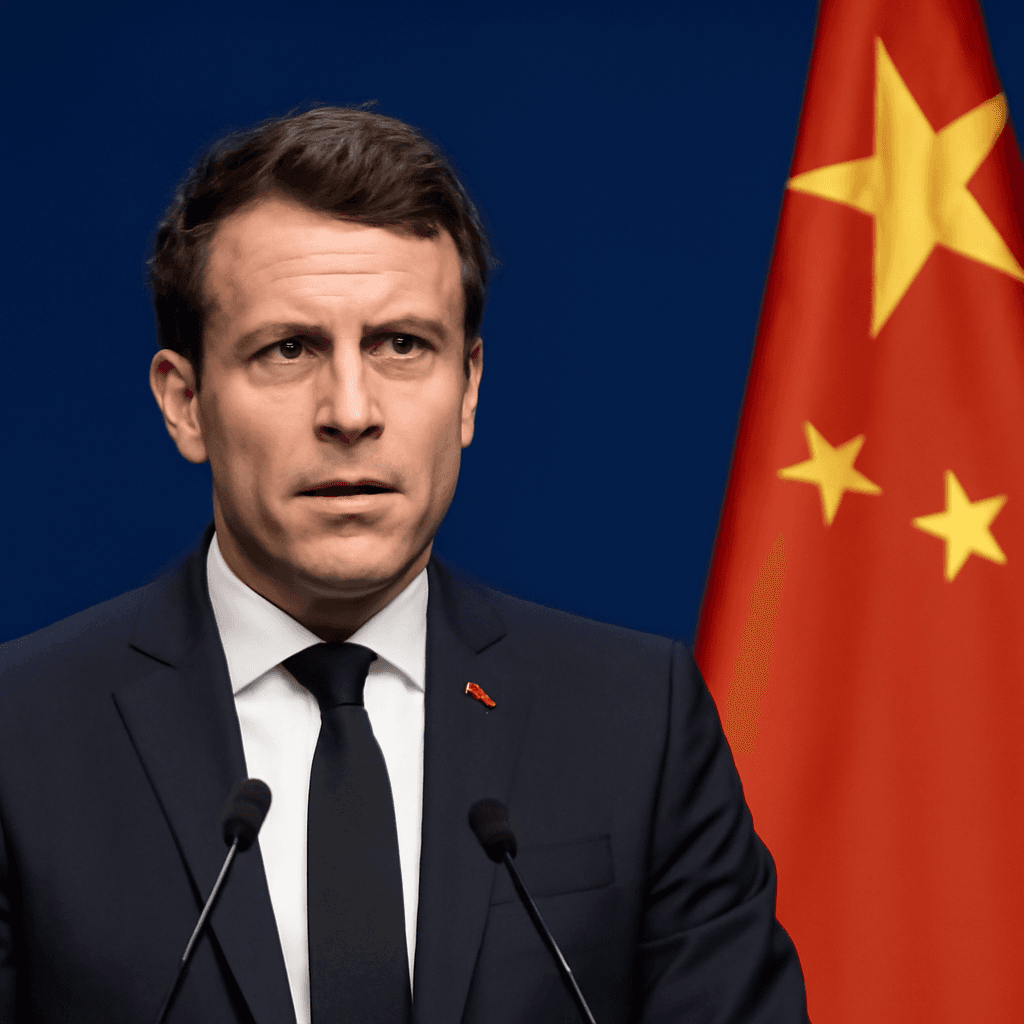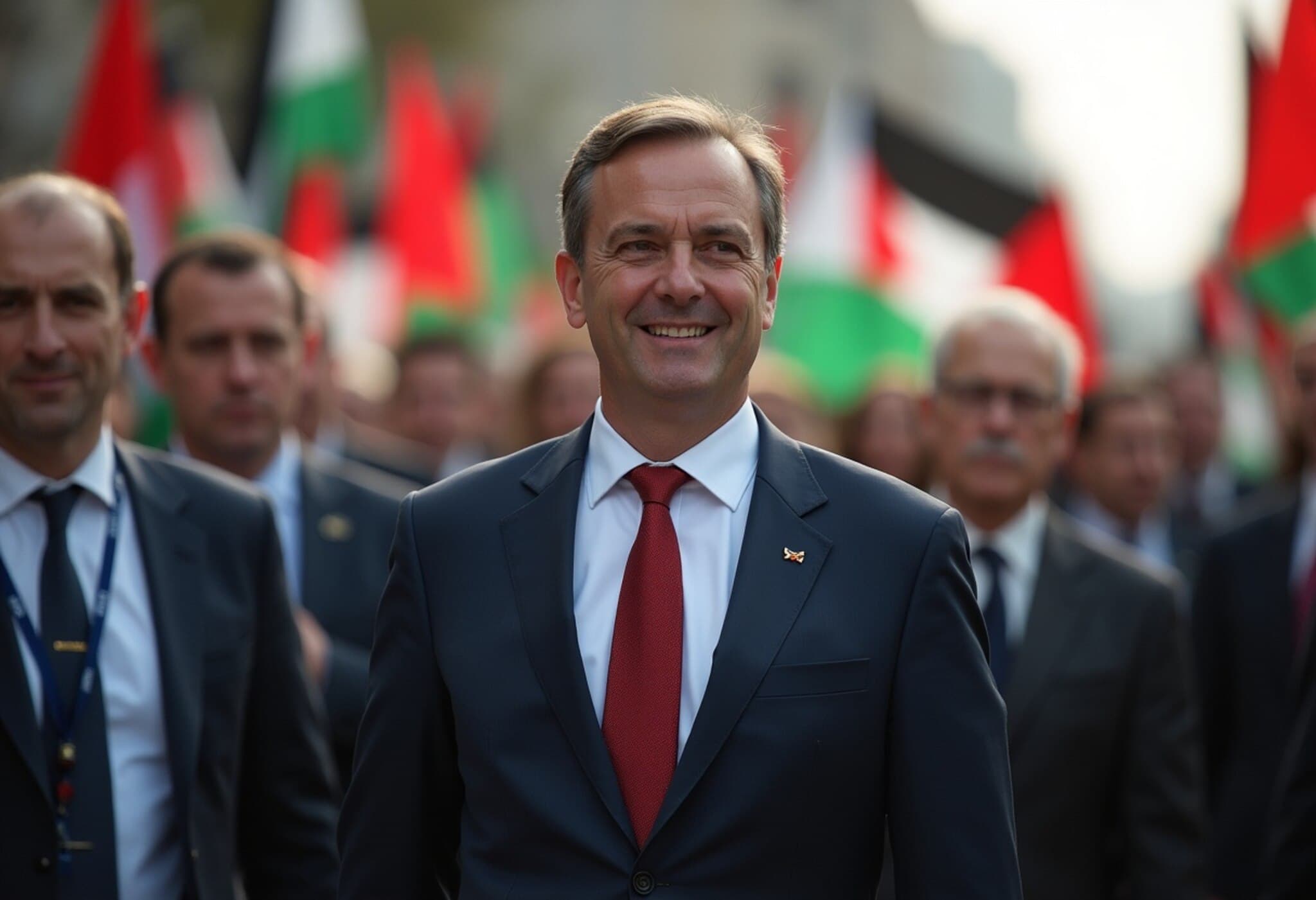The Louvre’s Sudden Closure: A Symptom of Deeper Struggles
On an unusual Monday, the Louvre Museum, the most visited cultural landmark in the world, closed unexpectedly as workers launched a spontaneous strike. Thousands of visitors found themselves trapped beneath the iconic glass pyramid, left bewildered by the sudden shutdown.
Behind the Strike: Pressures on Staff Amid Soaring Crowds
The walkout was led by gallery attendants, ticket agents, and security personnel demanding urgent improvements in staffing and working conditions. The union described the situation as “untenable” amid relentless visitor surges.
One frustrated tourist remarked, “Thousands waiting without any explanation. Even the Mona Lisa seems like she needs a break.” Indeed, the relentless crowd flow around Leonardo da Vinci’s masterpiece has become a symbol of the museum’s challenge.
Overtourism Takes Its Toll
Last year alone, the Louvre attracted 8.7 million visitors, more than double what its infrastructure was designed to handle. Despite a daily visitor cap of 30,000, congestion, especially around key works like the Mona Lisa, remains intense with approximately 20,000 people crowding the Salle des États daily.
Staff describe the situation as a physical ordeal — limited rest spaces, insufficient bathrooms, and the sweltering summer heat trapped by the pyramid’s greenhouse effect add to their strain. A leaked internal memo revealed additional issues: persistent leaks, temperature fluctuations threatening artworks, and substandard amenities that don’t meet international norms.
A Broken System Despite Grand Promises
The strike erupted during an internal meeting, highlighting the urgency of the crisis. While the Louvre has closed before — during wartime, health crises, and previous strikes — this sudden picture of standstill was unprecedented.
President Macron’s recent announcement of the “Louvre New Renaissance”, a multi-year plan with a budget between €700-800 million, promises solutions like timed tickets for the Mona Lisa, a new Seine-side entrance by 2031, and infrastructure upgrades to tackle leaks and temperature control. However, these changes are years away.
Meanwhile, workers emphasize that immediate relief is needed. The union criticized shrinking state subsidies—which have fallen more than 20% over the last decade—even as visitor numbers reach record highs. This disconnect fuels frustration among staff who feel overlooked despite being on the front lines protecting priceless heritage.
The Louvre’s Crisis in a Global Context
The situation reflects a wider tension felt at major tourist sites worldwide. Destinations like Venice, the Acropolis, and Machu Picchu also wrestle with overtourism, balancing preservation with public access.
Just prior to the strike, coordinated protests erupted across southern Europe, where locals rallied against tourism’s impact on daily life and urban culture—using creative tactics like water pistols to cool crowds in cities like Barcelona.
What’s Next for the Louvre?
During the strike, there were talks about reopening limited parts of the museum temporarily to showcase masterpieces like the Mona Lisa and Venus de Milo. The museum remained closed Tuesday, with plans to fully reopen Wednesday and allow some Monday ticket holders to reuse their passes.
Yet beyond logistics and visitor management, the Louvre faces a fundamental challenge: revitalizing an institution strained by decades of underinvestment and booming global attention. Unlike other landmarks that have benefited from state-backed restorations, the Louvre awaits its own renaissance amid the world’s relentless gaze.

